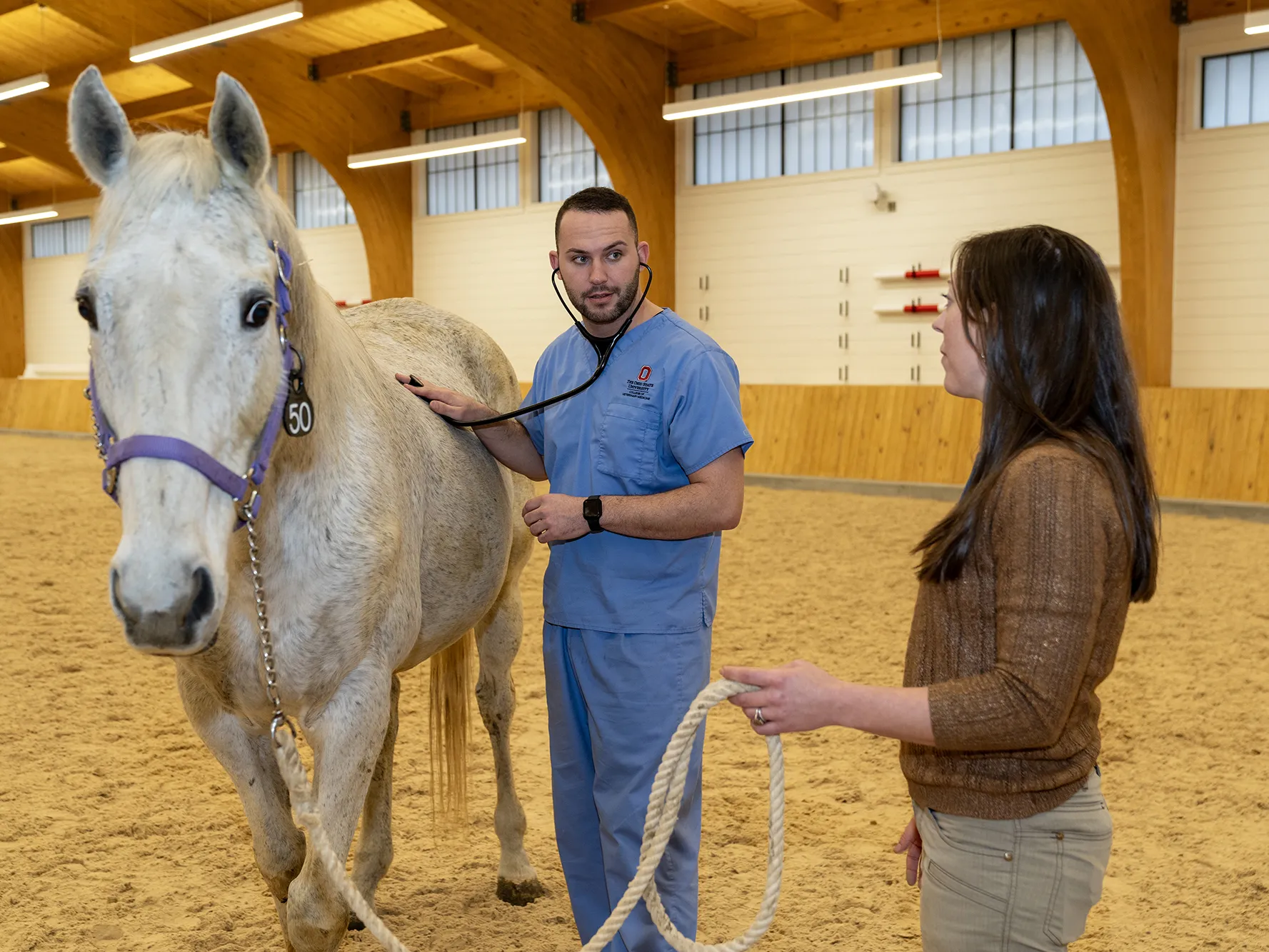All art is political
Jared Thorne, photographer and assistant professor in the Department of Art, talks about influences on his artistic perspective and expression.

Photo by Jo McCulty
Jared Thorne photographs mainly with what he calls an “antiquated 4x5 view camera that slows everything down.” Straightforward as his images appear, they dissect dominant white ideas about whom art is for, by and about.
-
How did living in post-apartheid South Africa inform your work?
People forget or refuse to acknowledge the United States was founded on state-sanctioned racism and segregation, so living in South Africa felt eerily familiar. At least in South Africa, the people in power admit these atrocities transpired. In the global south, references are less Eurocentric. If the history of art doesn’t begin and end in Europe, new ideas can be cultivated. It was refreshing to walk into galleries where the blue-chip artists are men and women of color. I brought back different sets of references on how to address issues of subjectivity and identity.
-
Toni Morrison talked about art free of the white gaze. How do you bring this approach to your work?
Far too often, those questions are asked only to people of color. It would be interesting to ask more white artists about the role that white supremacy plays in their work. I’m interested in the complexity of Black subjectivity. Blackness not as a response to whiteness, but Blackness in all of its inherent nuances and complications.
-
How can art dismantle racism?
All art is political. Art is something that’s deeply personal and sometimes the politics will be displayed more overtly. People need to put their work out in the world and see what happens. You can’t control how people will respond to your art, but you can control your output.
Mark Lomax’s Drumversations
Follow composer Mark Lomax II ’07, ’10 MM, ’13 DMA on YouTube, where he leads Drumversations — thought-provoking conversations about racism and injustice punctuated by his incredible musicianship.



